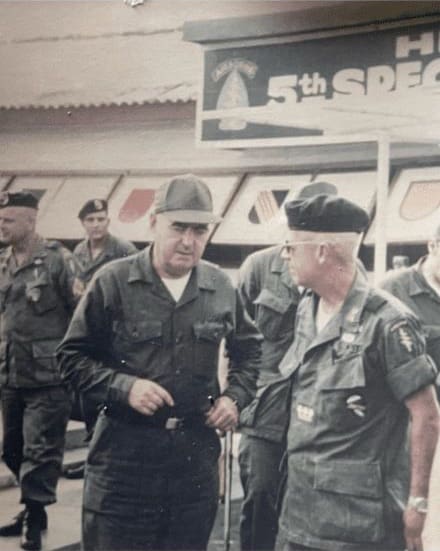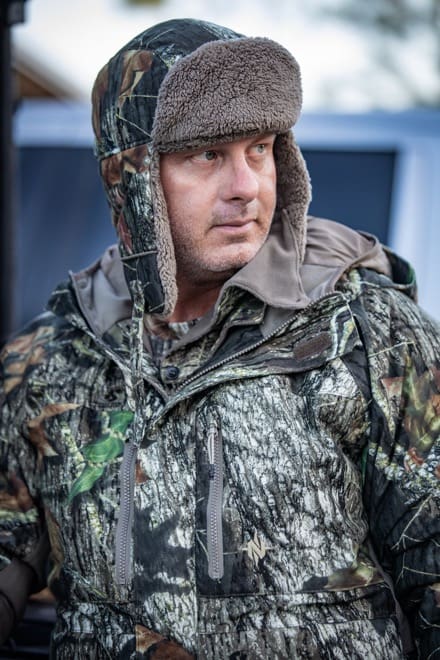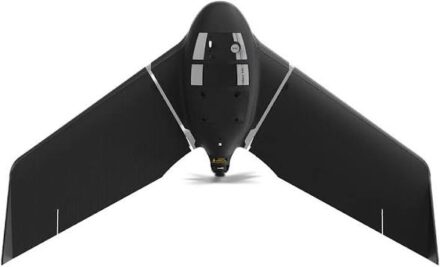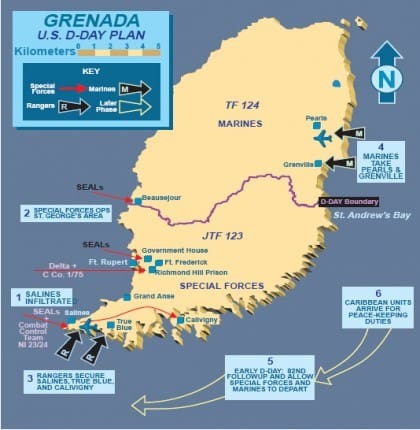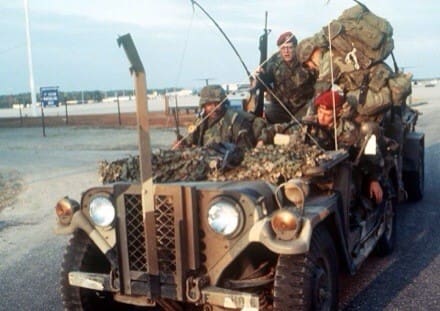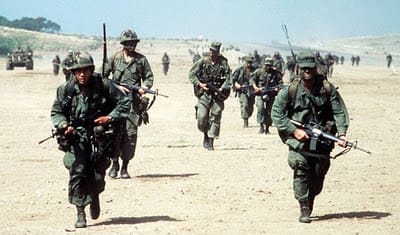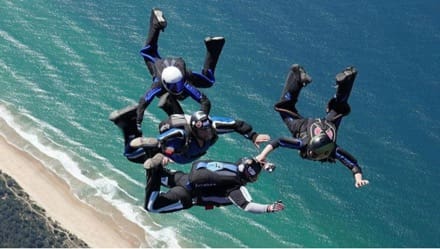
ADF and civilian skydivers compete in a formation skydiving serial during the New South Wales Skydiving Championships in Moruya. Photo: Rod White.
Australian Defence Force personnel dominated at the NSW and Queensland State Formation Skydiving Championships held in Moruya, Tully and Toogoolawah.
Personnel from Army, Navy and Air Force won gold in formation and vertical formation events at the championships, held from October 3 to 6.
Plummeting towards Earth at terminal velocity, competitors performed a predetermined set of formations in about 35 seconds.
ADF Parachuting Association president Major Holly Godwin said a camera person jumps out with them, filming the team doing the formations. The footage then goes to a judge who scores the routine.
“The team that completes the most moves within the time allocated scores the most points. You need to finish with the highest score to win,” Major Godwin said.
A serial begins with kit preparation on the ground: suit up, altimeter, parachute, check.
Then it’s 15 minutes in a plane to 14,000 feet. Fifty seconds in freefall. Thirty-five seconds to perform. Deploy parachutes at 4500 feet and float back to the ground in about two minutes.
“Then everyone high-fives each other when they land safely,” Major Godwin said.
For formation, a team of skydivers builds geometric patterns in the sky with their bellies to the Earth.
Vertical formation is similar, except divers adopt high-speed positions, with their head or feet pointed straight towards the ground. This reduces drag, increases speed, and makes for a more challenging serial.
The association is looking for new skydivers to join. An Australian Parachute Federation B-licence is required to get on board.
While skydiving can be expensive, the association covers members’ costs for competitions and events while representing the ADF.
Anyone interested in joining the ADF Parachuting Association should email sky.diving@defence.gov.au
By Sergeant Matt Bickerton, Australian Army


